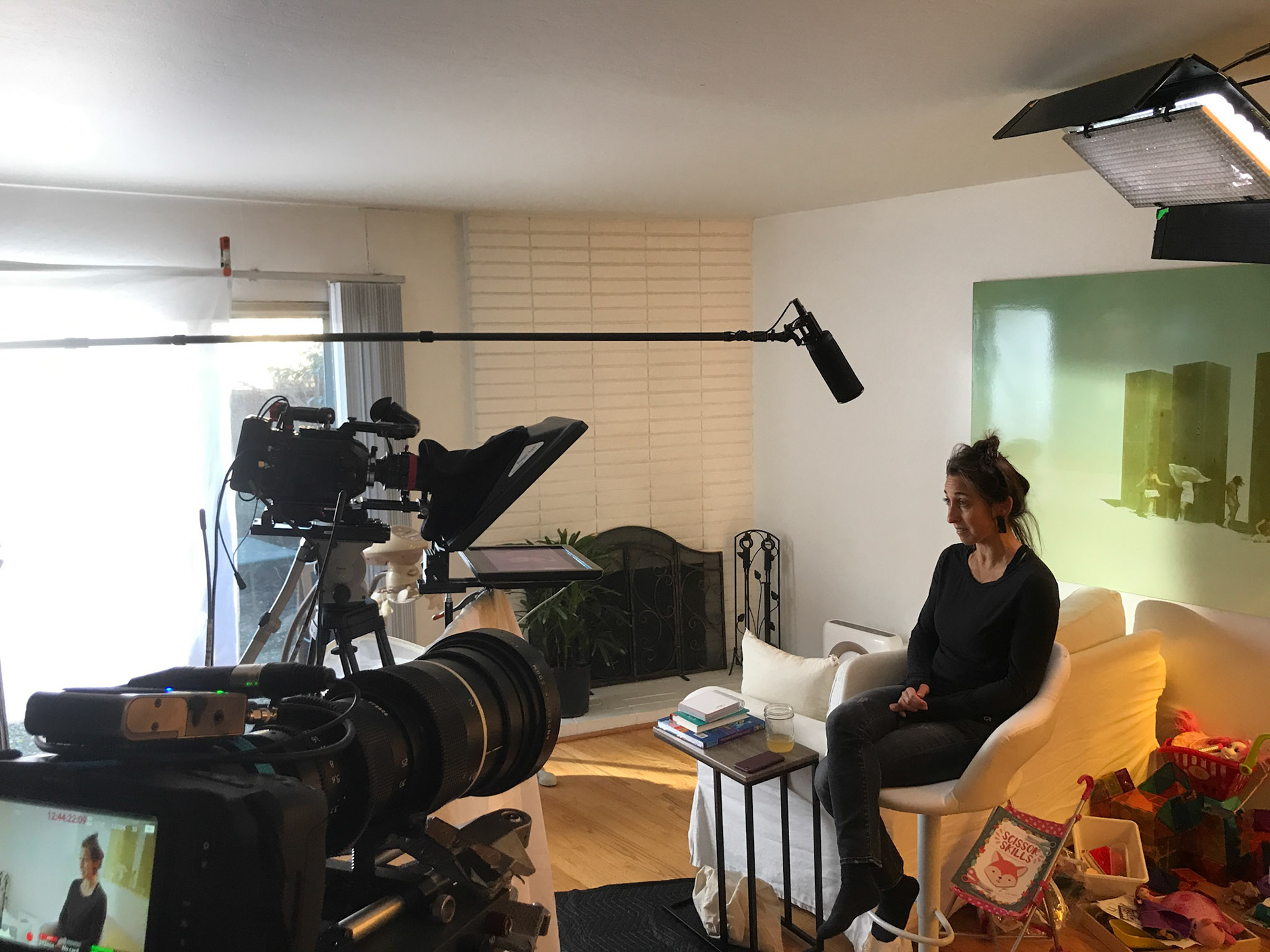Finding new materials can almost be called a craft. While it used to be the alchemists who experimented with all kinds of dark concoctions, now it is the chemists who provide the world with all kinds of useful, handy or sometimes harmful materials with special, sometimes even spectacular properties. And we desperately need new materials. Materials that convert sunlight into electricity more efficiently, materials that give our batteries a faster charging time, materials that allow us to convert salt water into fresh water or with which we can remove CO2 from the air. But making new materials is still traditional craftsmanship, despite all our scientific models. With our chemical knowledge we can invent new molecules, but we have no idea what they do, whether they can be made or how they behave in 'real life'. Investigating the properties of new materials is still, just like the alchemists, manual work and sometimes takes many years.
As director and founder of the Materials Project at Berkeley, Kristin Persson is at the helm of a materials revolution. As a young student she decided to set up a database of potential new materials. There are now hundreds of thousands of connections with all their properties in its database. This includes potential new materials that may provide solutions for a cleaner world. There will soon be many more. - Backlight


“Real. Authentic. Human. Stories.”